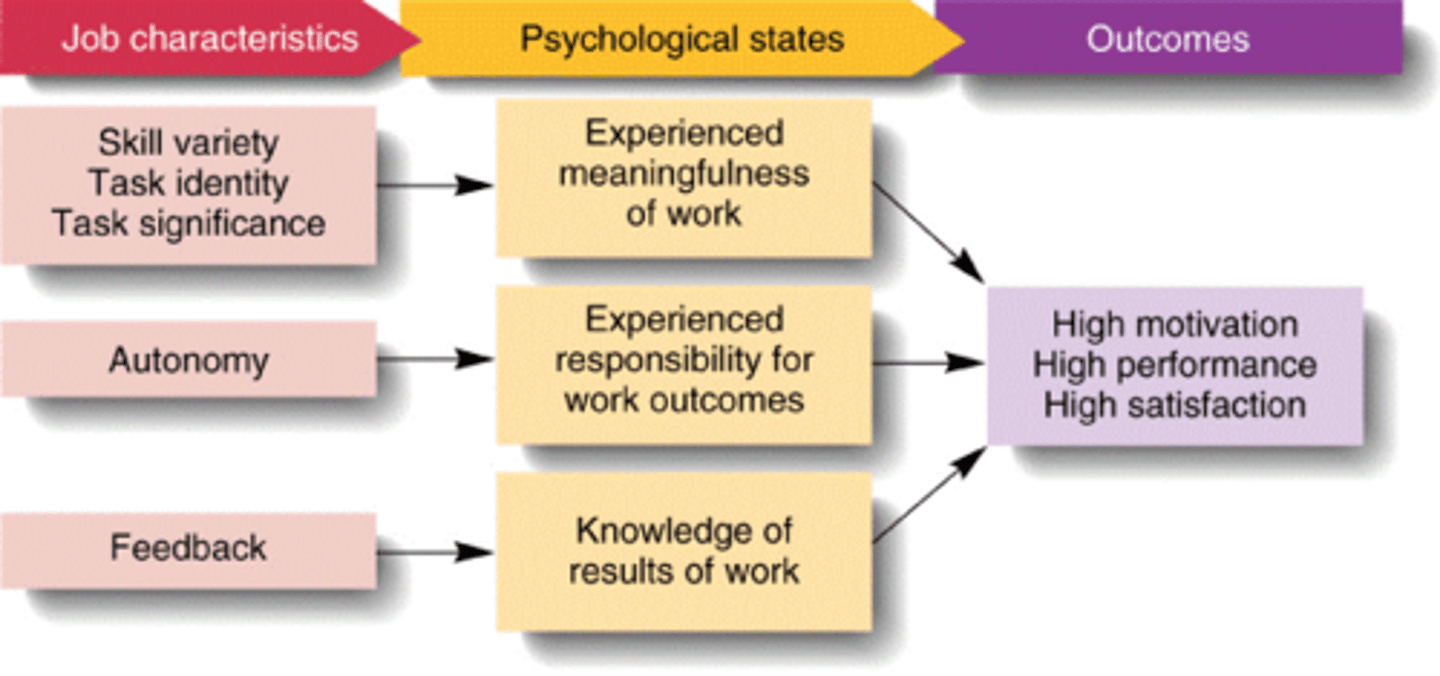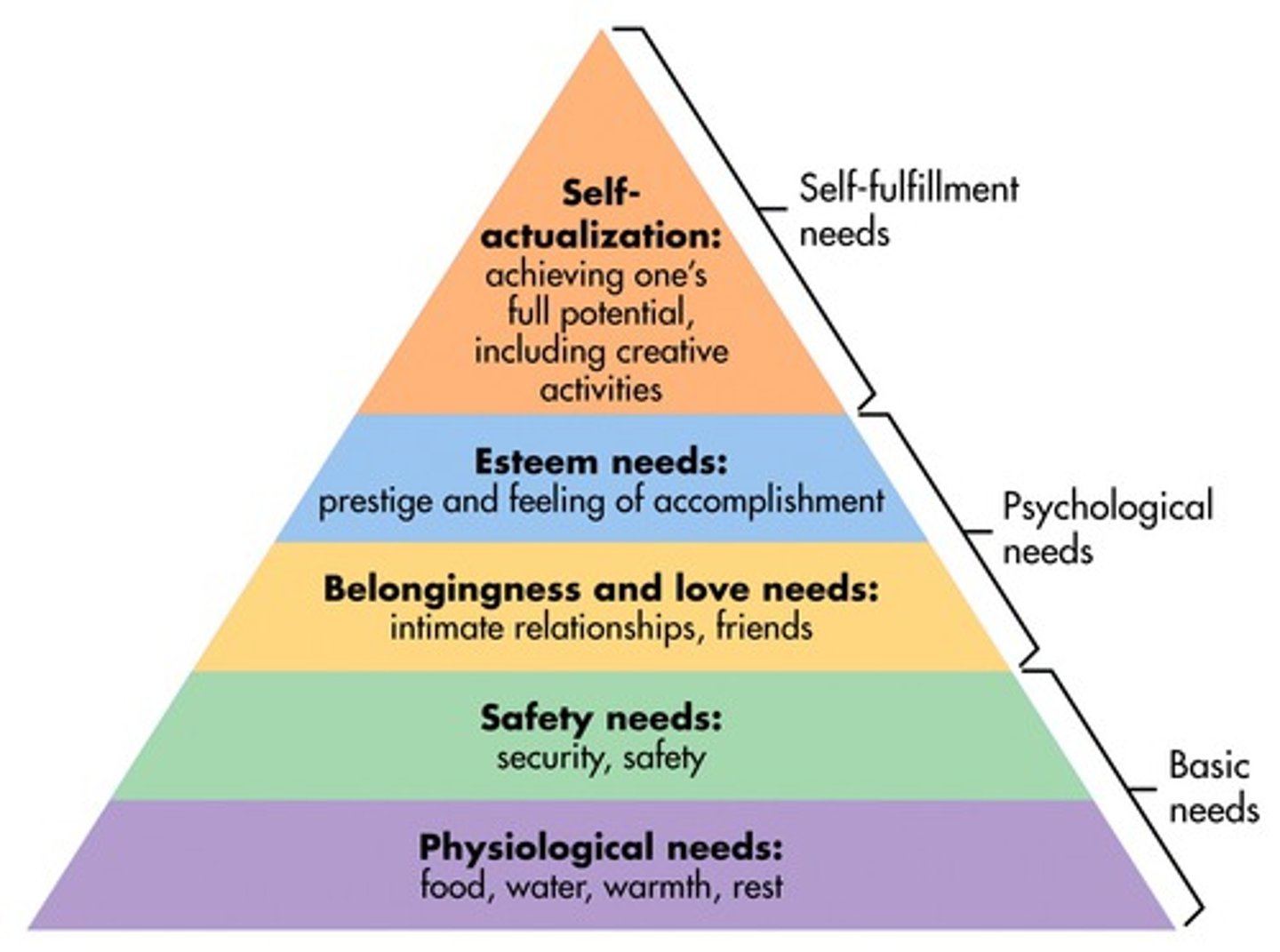AQA A Level Business - Unit 6
1/36
There's no tags or description
Looks like no tags are added yet.
Name | Mastery | Learn | Test | Matching | Spaced |
|---|
No study sessions yet.
37 Terms
Hard Human Resource Management
when managers treat the human resource in the same way they would treat any other resource. Employee relations likely strained and staff may see the need to get trade union involved.
Line Managers
Staff responsible for achieving specific business objectives, and with the resources to get things done.
Soft Human Resource Management
Treat workforce as a special strength of the business and therefore make sure that staff welfare and motivation are always top priority.
Staff Appraisal
A regular (perhaps annual) meeting between employee and line manager to discuss past performances and future business and career objectives.
Division of Labour
Subdividing a task into a number of activities, enabling workers to specialise and therefore become very efficient at completing what may be a small, repetitive task.
Hygiene Factors
'Everything that surrounds what you do in the job', such as pay, working conditions and social status; all are potential causes of dissatisfaction, according to Herzberg.
Job Satisfaction
Sense of well-being and achievement that stems from a satisfying job.
Piece Rate
Paying workers per piece they produce (for example, £2 per pair of jeans made).
Productivity
Output per person (that is, a measure of efficiency).
Trade Union
An organisation that represents the interests of staff at the workplace.
Job Design
Having designed a new product, it is time to design the jobs needed to make the product. Merely subdivided it into repetitive work fragments will be unmotivating, so design the job with people in mind.
Motivation
Doing something because you want to do it. Most business leaders think of it as prompting people to work hard. (Herzberg)
Delayering
Removing a management layer from the organisational structure.
Span of Control
Number of staff who are answerable directly to a manager.
Matrix Management
Where staff work in project teams in addition to their responsibilities within their own department. Therefore, staff can be answerable to more than one boss.
Job Desription
A statement of what the job tasks and duties are, that is, the job itself (rather than describing the right person for the job).
Induction Training
Familiarises newly appointed workers with key aspects of their job and their employer, such as health and safety policies, holiday entitlement and payment arrangements. The aim is to make employees fully productive as soon as possible.
Person Specification
An account of the qualifications, attributes and experience required from a successful candidate for the post.
Poaching
Persuading staff to leave the company that trained them, thereby getting fully trained staff without paying the training cost (premier league clubs accused of this by lower league clubs).
Soft Skills
Personal qualities such as warmth, openness, willingness to act on criticism and empathy.
Arbitration
When an independent person listens to the case put by both sides, then makes a judgement about the correct outcome.
Conciliation
Independent encourages both sides in a dispute to get together to talk through their differences. The conciliator helps the process but makes no judgement about the right outcome.
Feedback
Obtaining a response to a communication, perhaps including an element of judgement (e.g, praise for a job done well).
Vertical Communications
Messages passing freely from the bottom to the top of the organisation, and from the top to the bottom.
Culture
Accepted attitudes and behaviours of people within a workplace.
Labour Productivity
Output per person
Labour turnover
The rate at which people leave their jobs and need to be replaced.
Zero-hour Contracts
Employment contract that promises nothing more than a last minute offer of work for the following week. This is flexible for employers at the cost of uncertainty for employees.
Whistleblower
An employee who reveals unethical or risky practices that line managers have been trying to keep quiet. The secrets may be passes up the hierarchy or (if that has no effect) be revealed to the media/outside world.
Calculate for labour costs per unit
labour costs
--------------
unit of output
Calculation for employee costs as percentage of turnover
employee costs
----------------- x100
sales turnover
Calculation for labour productivity
output per time period
-------------------------
number of employees
Hackman and Oldham
model based on the belief that the TASK itself is key to employee motivation.

Mayo
theory that states that employees are motivated far more by relational factors such as attention and camaraderie than by rewards.
Herzberg
there are certain factors in the workplace that cause job satisfaction, while a separate set of factors cause dissatisfaction.

Maslow
motivational theory in psychology comprising a five-tier model of human needs, often depicted as hierarchical levels within a pyramid.

Taylor
workers are motivated mainly by pay. His Theory of Scientific Management argued the following: Workers do not naturally enjoy work and so need close supervision and control. Therefore managers should break down production into a series of small tasks.